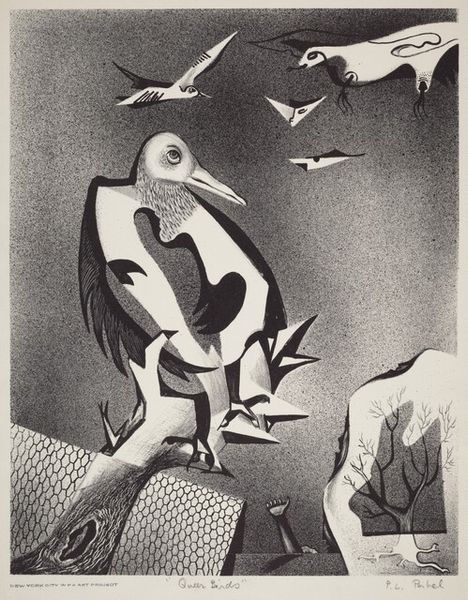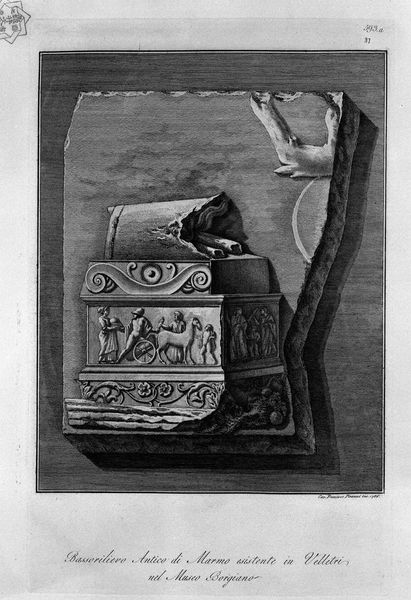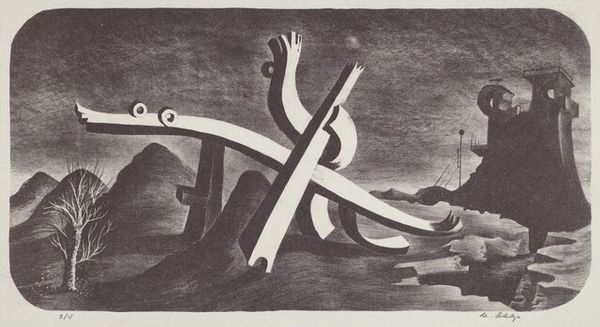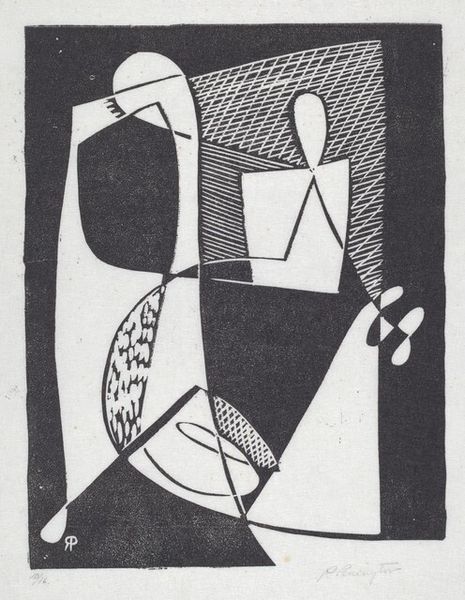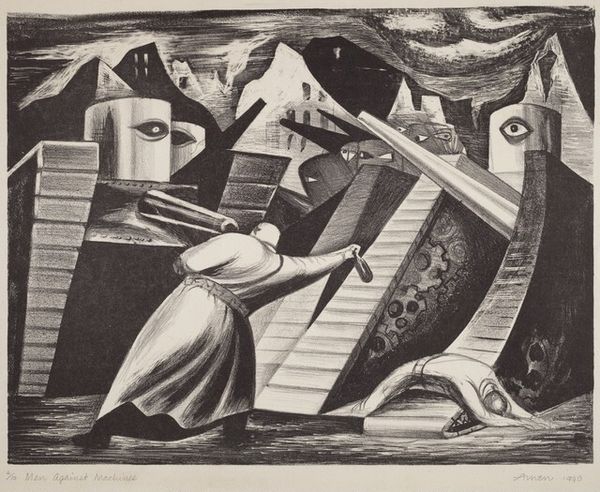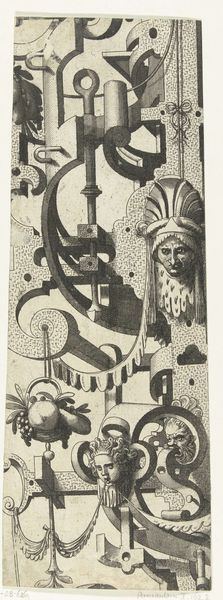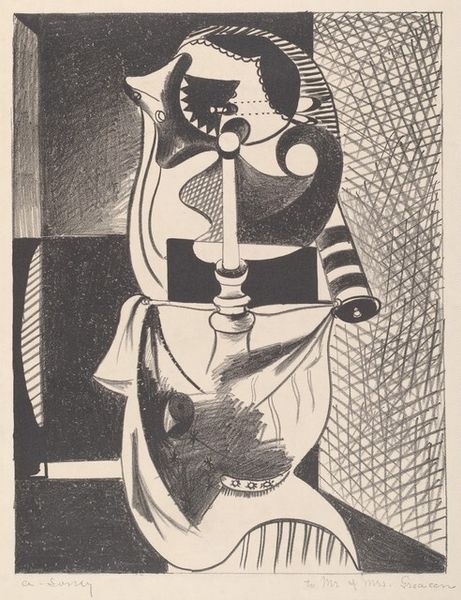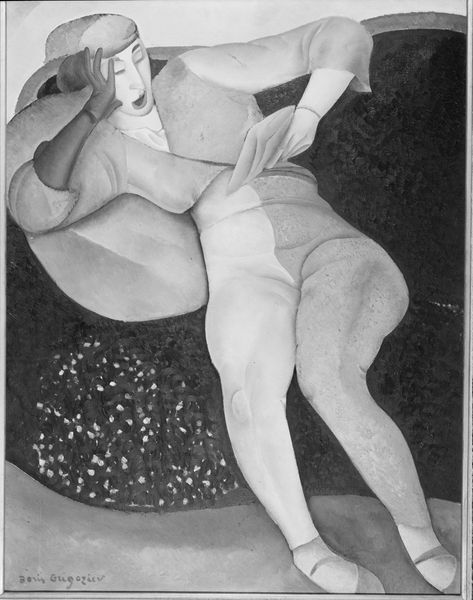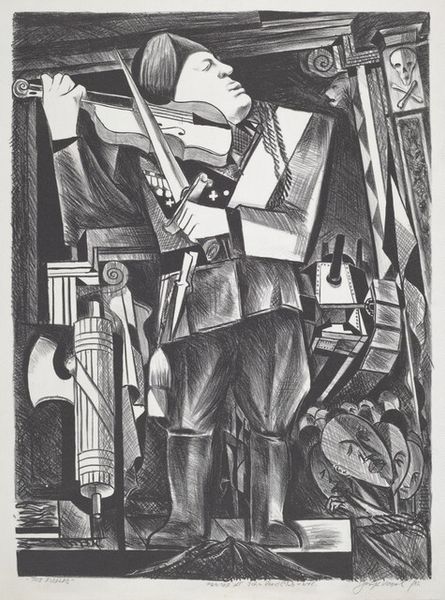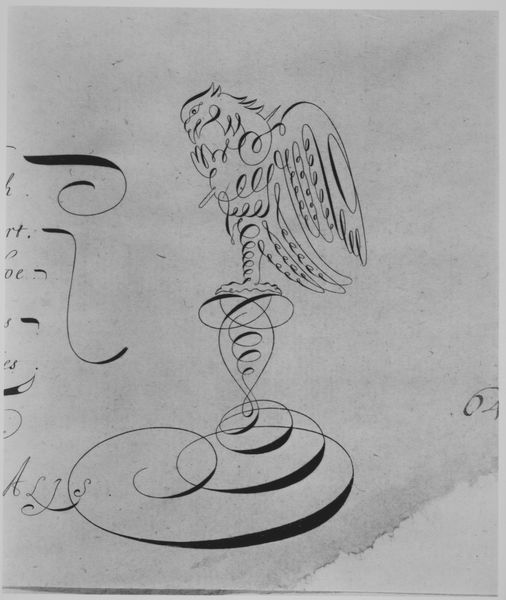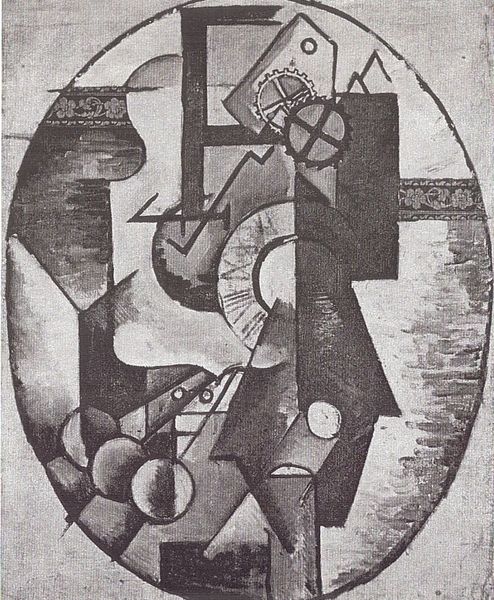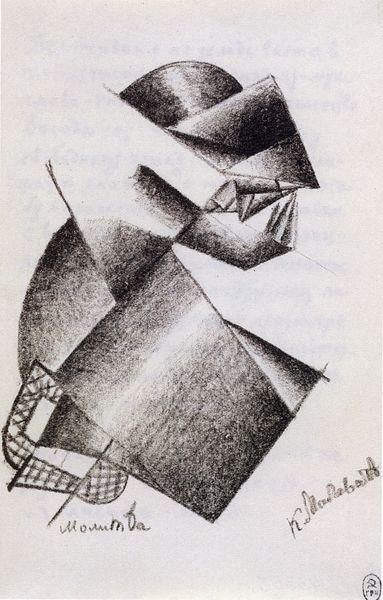
print, photography, graphite, engraving
#
still-life-photography
#
black and white photography
# print
#
photography
#
geometric
#
graphite
#
surrealism
#
engraving
Copyright: M.C. Escher,Fair Use
Editor: This is M.C. Escher's "Still Life" from 1943, a print in black and white. There is an angel, a geometric puzzle, and a birdlike figure with a human head! It has this uncanny, dreamlike quality to it. How do you interpret this work? Curator: It's tempting to jump to narrative explanations, but I want to begin with the forms themselves. The contrasting textures are quite striking, from the smooth head of the bird-figure to the intricate folds of the angel's clothing, don't you agree? Editor: Absolutely, and how the geometric puzzle is positioned right at the front and its angles feel very deliberate and man-made! It brings so much depth and form. Curator: Precisely! Escher manipulates line and shadow to create an image that teases our perception. Note how the smooth curves of the bird contrast with the sharp angles of the puzzle. How does this interplay affect the overall composition, in your view? Editor: It almost makes me feel trapped as my eyes can never stay on one of the images and they bounce around! Perhaps, I can never truly settle? Curator: I appreciate your observations! This unsettling effect results from the tension between the representational and the abstract. Editor: Fascinating, it almost seems like Escher is showing us the pieces with no end, and the images keep speaking! Curator: This meticulous orchestration of forms encourages us to deconstruct our assumptions about representation. Editor: Thank you for sharing this, and looking closely has made me think about forms, as the objects represent much more when broken down this way! Curator: My pleasure! It is through the deconstruction of the images and analyzing these shapes where true discovery occurs.
Comments
No comments
Be the first to comment and join the conversation on the ultimate creative platform.
